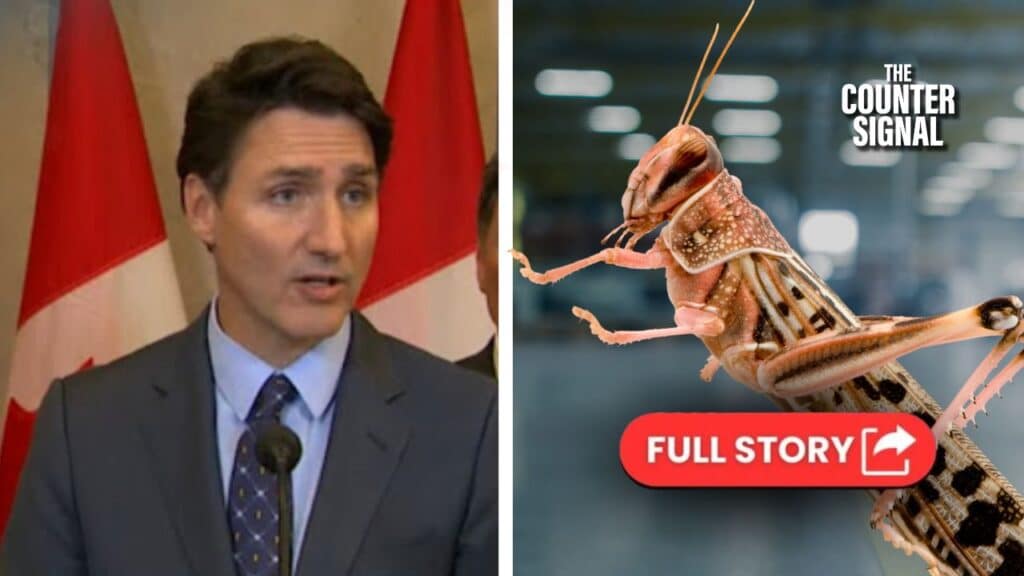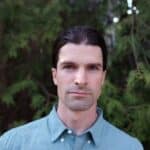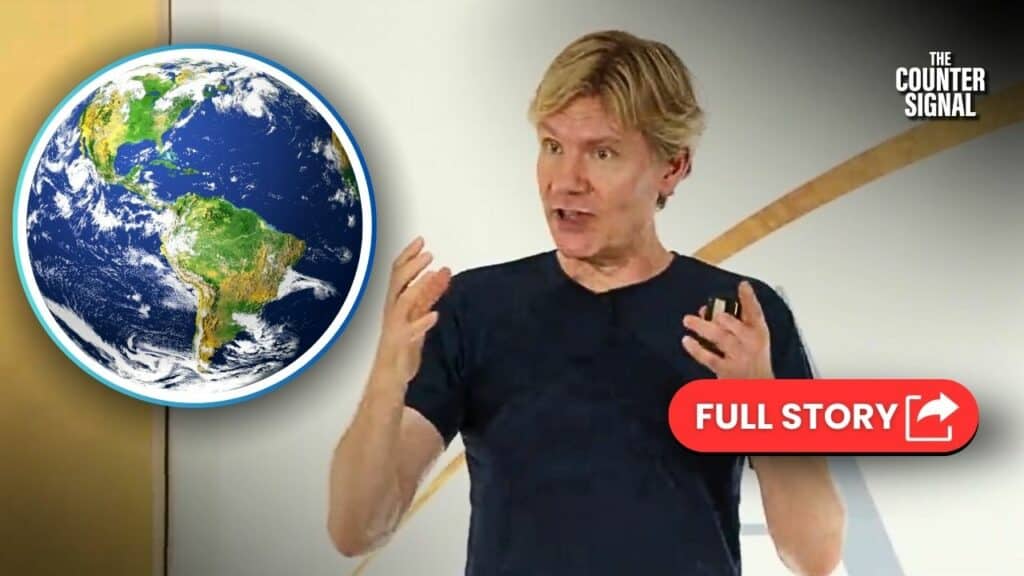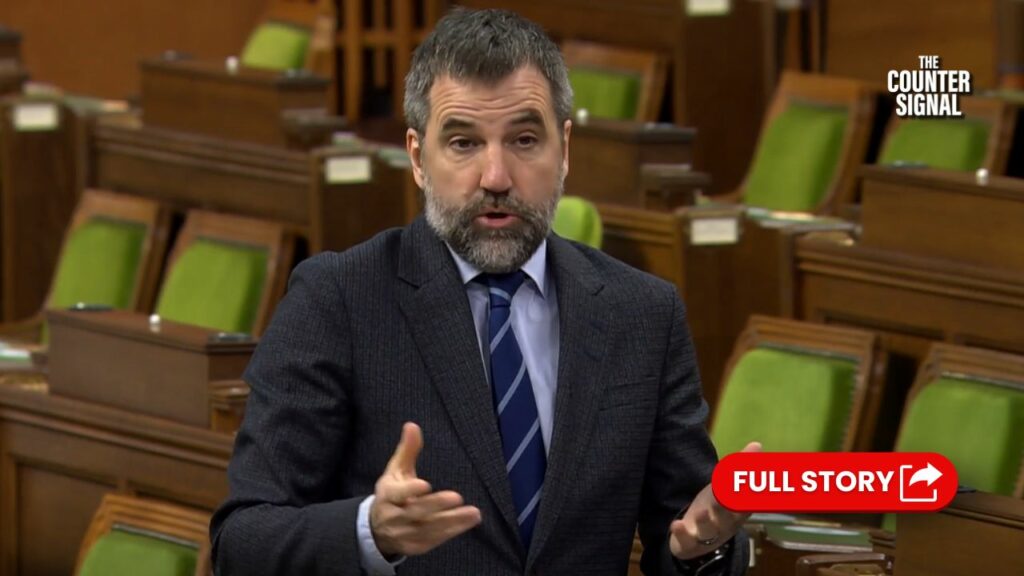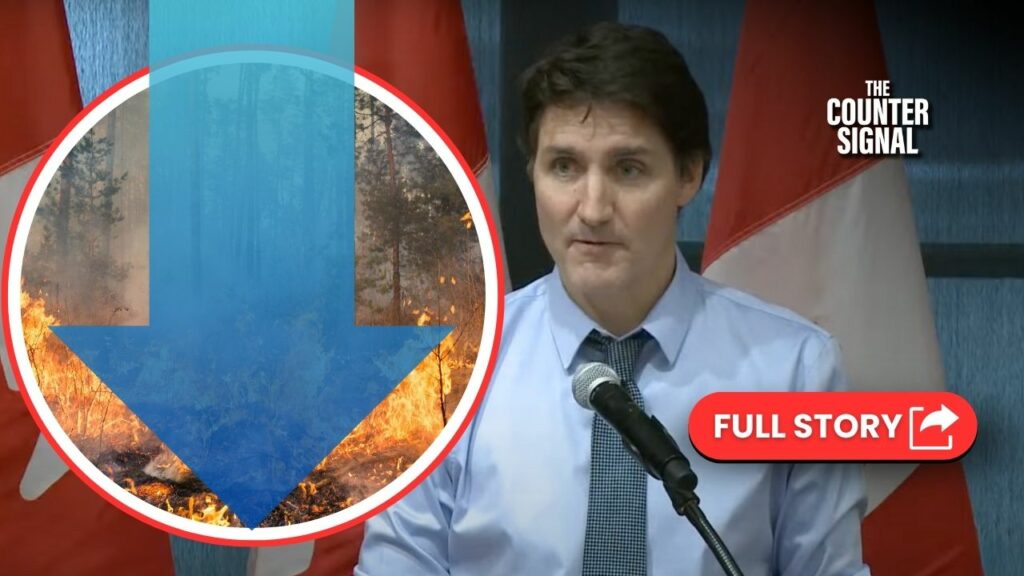In a recent TikTok video, the World Economic Forum (WEF) suggested using a “raft” of “space bubbles” about “the size of Brazil” to reflect the Sun’s rays away from Earth.
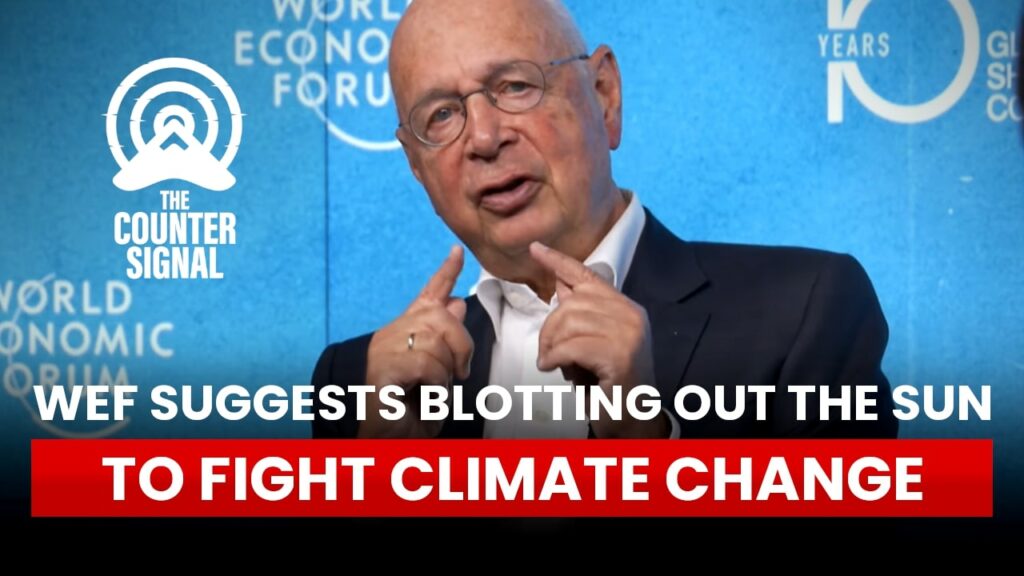
“MIT scientists say ‘space bubbles’ could help reverse climate change by reflecting the Sun’s heat away from Earth,” the video begins. “Scientists say cutting out just 1.8% of the Sun’s rays would fully reverse global warming.”
The WEF cautions its young audience, though, assuring them this is future tech and that the “task of decarbonizing life on Earth” is no less urgent an issue.
“The bubbles would be manufactured in space by robots. They would form a ‘raft’ about the size of Brazil. This would be placed at a Lagrange point,” the WEF continues. “That is, a point in space where the Sun and Earth’s gravity balance each other out. This would keep the raft fixed in position.”
“This kind of large-scale physical solution to climate change is called geoengineering,” the WEF explains.
“Several such ideas have been proposed, from spraying aerosols into the upper atmosphere to churning up tiny bubbles on the ocean’s surface, all with the aim of reflecting solar radiation back into space.”
@worldeconomicforum Could a Brazil-sized space raft help reverse global warming? Read more by tapping the link in our bio #nature #globalwarming #climatechange
♬ original sound – World Economic Forum
The WEF adds that the MIT researchers say it “might be too risky,” though, and have “unintended consequences for the biosphere.”
You think?
Everyone’s favourite pandemic expert Bill Gates has also recommended playing God and blotting out the Sun in the past, positing the aforementioned polluting our atmosphere with chemical aerosols option.
Indeed, Bill Gates ran 300 stratospheric balloon tests in 2019 to see if it was possible to launch devices capable of spraying sun-reflecting particles into the stratosphere, which alarmed many opposed to geoengineering, to say the least.
Besides the obvious concerns over destroying ecosystems around the world, many were critical merely of undertaking the tests, saying that it could only lead to the real implementation of such a plan.
“There is no merit in this test except to enable the next step. You can’t test the trigger of a bomb and say, ‘This can’t possibly do any harm,’” said WhatNext director Nicklas Hällström.


